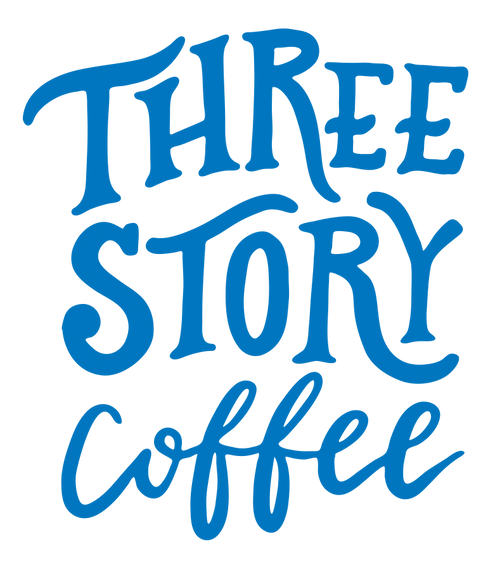Coffee
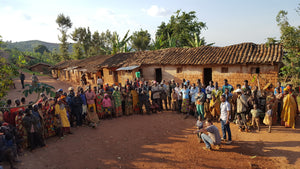
From Global Farms to Your Cup
Where Our Coffee is Sourced & How it’s Prepared
Serving quality coffee starts with nurturing a relationship. In fact, so much of what we do revolves around maintaining strong, trusting relationships with coffee farmers around the world. We source coffee from all over, including Guatemala, El Salvador, Ethiopia, Burundi and Sumatra. Once the bond with these farmers has been established, the work has only just begun.
Harvesting Specialty Coffee Around the World
Each region of the world has a different coffee harvesting season. Our farmer partners in Central America, for example, start harvesting in November and don’t finish until sometimes as late as March. All of our beans are hand picked and sorted — a key component of providing specialty grade coffee.
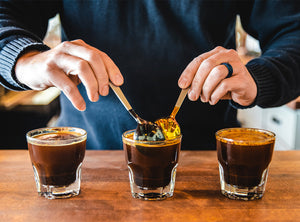
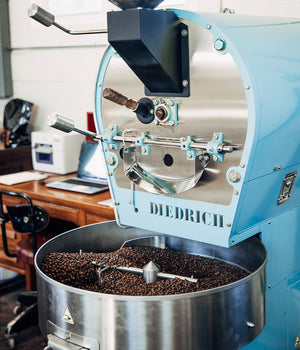
Coffee Processing & Drying Methods
Once the coffee has been hand picked, farmers act quickly to process it before it’s dried. Coffee beans actually start as seeds inside of a cherry-like fruit. There are three different ways our coffees are usually processed: washed, natural and honey process.
The washed method is one of the most popular in the coffee industry. In this case, the entire cherry fruit is completely removed from the bean after harvest, leaving nothing but the smooth, bare coffee bean for the drying process. This tends to result in a bright, more acidic and smooth coffee.
Another increasingly popular method of coffee processing is the natural process. In this case, the cherry fruit is left on the bean while the coffee dries. It’s a challenging technique, but when done right results in more complex, fruity notes in the coffee. Why? As the coffee dries with the cherry around it, the bean has more time to absorb the sugars of the fruit. It’s especially common to process coffee naturally in Ethiopia, a location we frequently source our coffee from.
Our Coffee Roastery in Jefferson City
Once coffee has been hand picked, processed and shipped to the U.S., Three Story Coffee roasts it at our roastery in Jefferson City, Missouri. We roast all of our coffee fresh in small batches, usually about 18 pounds at a time. This might seem large, but it’s teeny in comparison to some roasters!
We invest so much into sourcing the best coffee we can find and supporting farmer education on the best processing and drying methods. It’s only fair that we respect the coffee we prepare by roasting it carefully and to its ideal profile, or what we like to call the “sweet spot.”
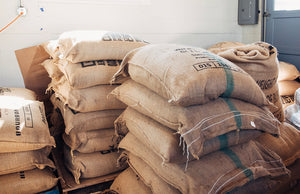
Drink specialty coffee that gives back to global farmers and their communities. Shop Three Story Coffee today.
